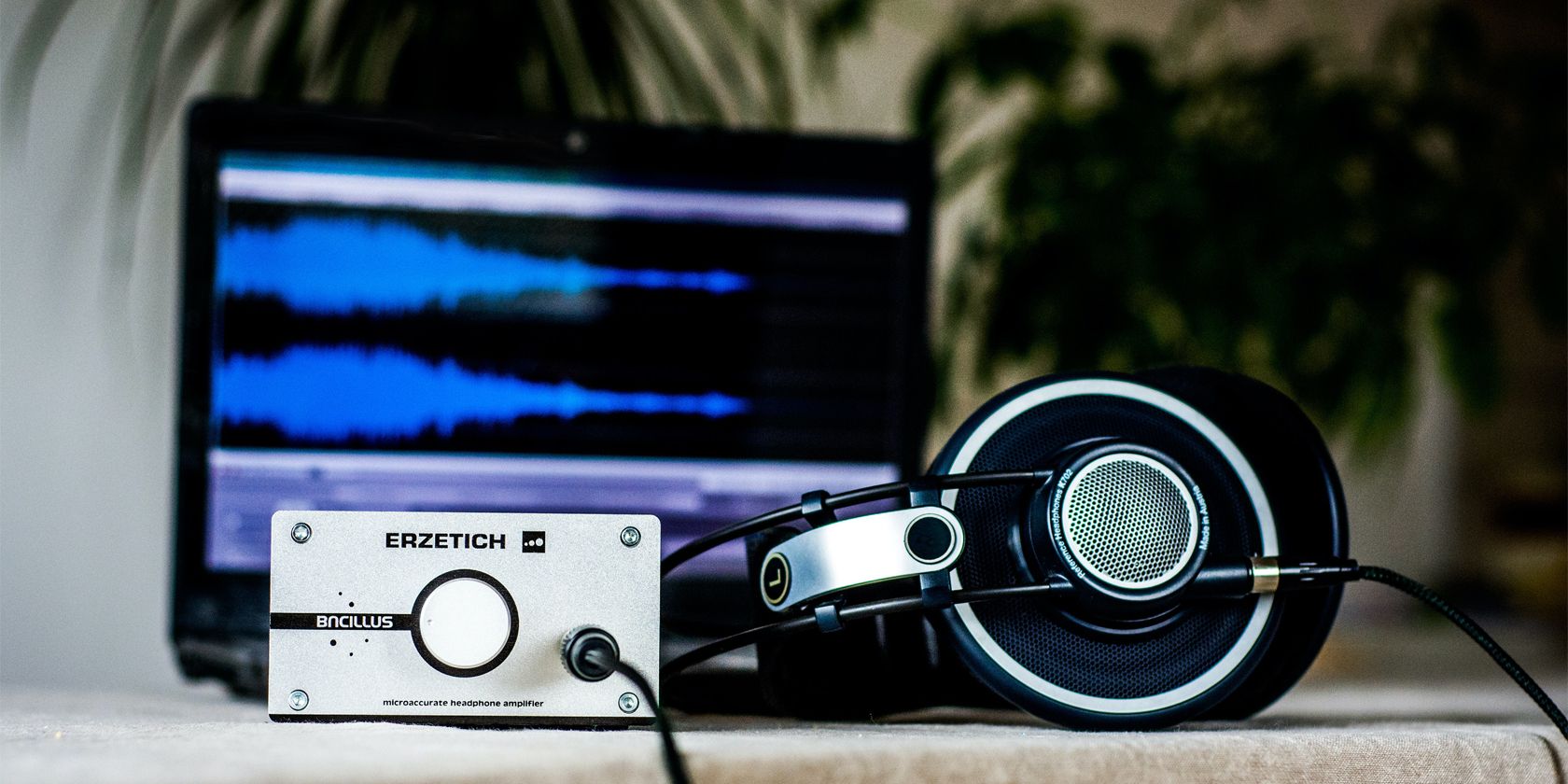If you’re getting into high-fidelity audio, you may have been hearing about lossless audio. You’ve probably read a couple of articles about it, and now you want to enjoy it yourself.
But what hardware do you need to access that high-quality audio? Can you use your existing equipment, or do you need to get specialized drivers? Here’s a quick primer on the hardware you need to enjoy lossless audio.
What Is Lossless Audio?
Lossless recorded files take up a lot of space—around 30MB per song. But back in the day, storage space came at a premium. Internet connections were also slow and unreliable. So the first iPod, with its 5GB storage, could only store around 166 lossless audio files.
That’s why lossy file formats, like MP3, were introduced. At around 3-5MB per song, you could store more than a thousand songs on a first-generation Apple iPod. But as the internet became faster and storage space more affordable, there was less of a need for heavily compressed audio.
File compression reduces file size by sacrificing quality. So if you’re listening to music via lossless audio, that means you hear it as it was recorded. Lossless audio either uses a compression format that doesn’t result in any data loss or doesn’t compress the audio at all.
Lossless Equipment for Lossless Audio
Now that you have lossless audio files, it’s no good if you’re going to play it on audio equipment that compresses data. After all, you won’t get to enjoy the best audio quality if data is lost between your computer and speaker.
So here’s what you need to get the best audio from your lossless music files.
Digital-to-Analog Converter
Sound is an analog signal. An object’s vibration produces it, and air molecules propagate it so we could hear it. For this reason, there’s no sound in space because there’s no air to transmit it.
That’s why you need a dedicated Digital-to-Analog Converter (DAC). These devices specialize in converting digital signals to analog. While computers, smartphones, and other devices have built-in DACs, these are not usually optimized for music.
Furthermore, analog signals are susceptible to interference. DACs inside your device can pick up interference from other components, like your computer’s power source or your smartphone’s 5G antenna. If you find your audio output a bit too quiet, you definitely need a DAC with an integrated amp.
2.4GHz Wireless or Wired Speakers, Headphones, or Headsets
If you want to get the best of your lossless files, you need headphones or headsets that output high-fidelity audio. Unfortunately, even the best Bluetooth headsets are incapable of transmitting sound data without any compression.
Although recent Bluetooth tech can carry high-resolution sound, it’s still not enough for lossless audio. If you want to listen wirelessly, you have to use USB 2.4GHz wireless connectivity. This is the only wireless audio technology that offers lossless transmission. Some alternatives, like Sony’s LDAC or Qualcomm’s aptX HD, come close, but it isn’t “true lossless” audio.
However, if you demand high-quality audio, it’s best to stick to wired audio output. Since wired headphones are physically connected to your DAC, they receive the analog audio signal directly. As a result, your music will no longer go through conversion, compression, or any other process. This ensures you will enjoy your DAC’s audio output as it is.
High-Fidelity Audio Output
Of course, the most crucial part of any listening experience is the speaker or headsets. Whether you’re playing lossy or lossless audio, you will not enjoy your music if your sound equipment isn’t up to scratch.
You need to look at several audio specifications, like driver type, impedance, and more, to see what makes a good speaker or headphone. Even so, having impressive specifications on paper doesn’t equate to excellent sound quality.
The only way to find the best speakers or headphones for your ears is to test them out in real life. You can also rely on product reviews and comparisons from trusted sites—that way, you get to see other options you haven’t considered before.
But if you have the budget, you could go ahead and invest in branded speakers like Bang & Olufsen and Harman International. Speakers and headsets from these brands are pricier compared to their competitors. But you’re almost guaranteed to get the best audio quality from them.
Products from companies like these are solidly built from premium materials. They also have research and development facilities, ensuring that their speakers, headphones, and headsets offer the best sound quality possible.
3 Things to Consider Before Investing in Lossless Audio Gear
Before you bite the dust and invest hundreds, if not thousands, on lossless audio gear, you must consider a few things.
1. Cost
Acquisition cost is always going to be the barrier to entry for many audiophiles. Before the advent of digital tech and lossless audio files, you had to invest in vinyl records, analog turntables, turntable cartridges, pre-amplifiers, amplifiers, and a good set of speakers or headsets to get a high-fidelity home audio setup.
These items, especially the premium branded ones, could cost you an arm and a leg to acquire and set up. Today, you can do away with vinyl records, turntables, cartridges, and pre-amps with lossless audio. However, they’re replaced with DACs, digital music streamers, and receivers.
So although Hi-Fi is now more affordable than ever, you still need a princely sum to get the best audio quality you want.
2. Track Availability
Currently, not all songs are available on lossless audio quality.
Apple Music has 20 million tracks available at up to 24-bit/192kHz rate. However, it will take until the end of the year for them to give the lossless treatment to the rest of the 75 million songs in their library.
Amazon Music also offers hi-resolution lossless audio, making it perfect for those in the Amazon ecosystem. Several other services out there, like Tidal and Primephonic, have lossless audio, but they’re not as popular.
And if you’re subscribed to Spotify or YouTube Music, you can’t enjoy lossless audio quality—yet.
3. Bluetooth Technology
If there’s one thing that hasn’t caught up with lossless audio, it’s wireless audio technology. If you frequently rely on your Bluetooth headset, you cannot enjoy the high-fidelity audio offered by lossless codecs.
You could listen to lossless audio using wireless USB headsets. However, the fact that you have to install a dongle on your phone or computer is an additional layer of complexity.
So far, the simplest, most reliable way to listen to high-fidelity lossless audio is via a wired connection.
Is Lossless Audio Worth It?
Different people have varying takes on this. Of course, there are always those that put a premium on the best audio experience. But there will be others who would prefer to invest their hard-earned money in other forms of entertainment.
Nevertheless, if you’re looking for a better audio experience right now or in the future, you should go ahead and invest in better audio hardware. After all, with Apple and Amazon making their entire library available in lossless formats, the rest of the world will soon follow suit.
Eventually, lossless audio will be widely available and with that, expect manufacturers to make better audio gear at more affordable prices.
About The Author

